We know from our play dough circuits that the circuit needs to be complete for electricity to flow, but we usually want to be able to control whether electricity flows or not. This can be done using a simple switch.
How to make a simple switch
The basic circuit below has a switch made using a small piece of paper and 2 paper clips to break the flow of electricity which allows the bulb to be turned on and off.
Materials
Crocodile leads
Screw light bubls
Light bulb holders
AA battery holder with leads
Paper
2 paperclips
We bought our circuit equipment from TTS.
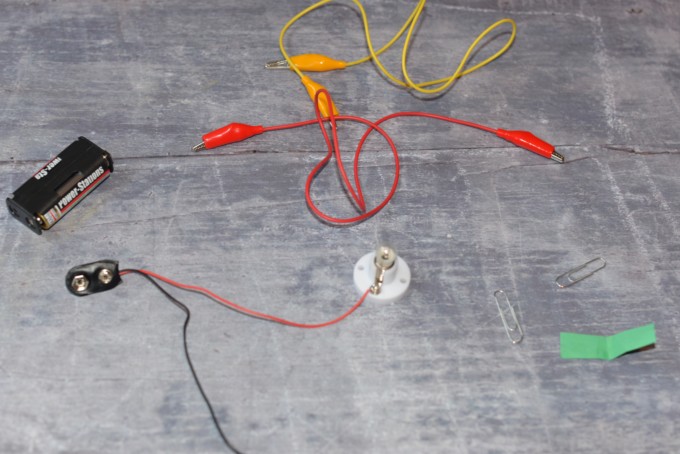
How to make a simple switch instructions
Cut out a small rectangle shape from the paper and attach a paperclip to each end.
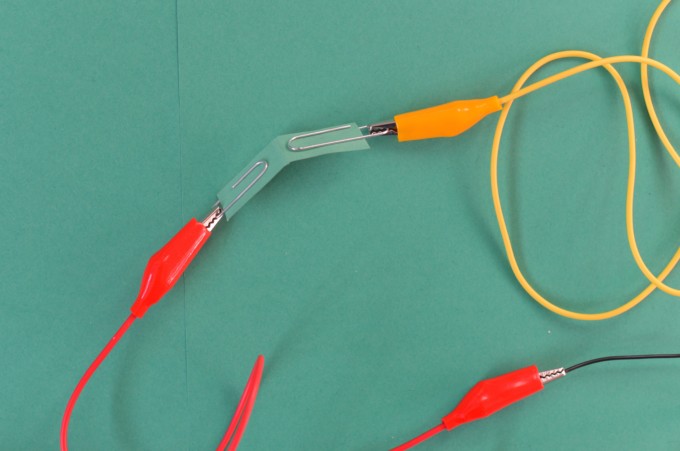
Set up your circuit like the one below. You should find the bulb only lights up when the paperclips touch. This is because the metal paperclips do conduct electricity but the paper does not.
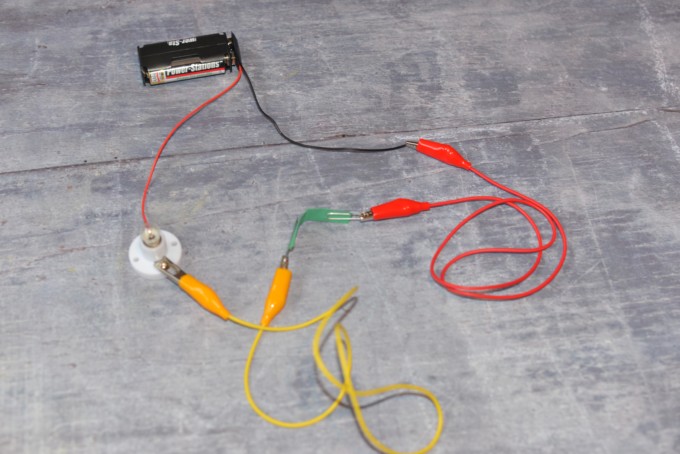
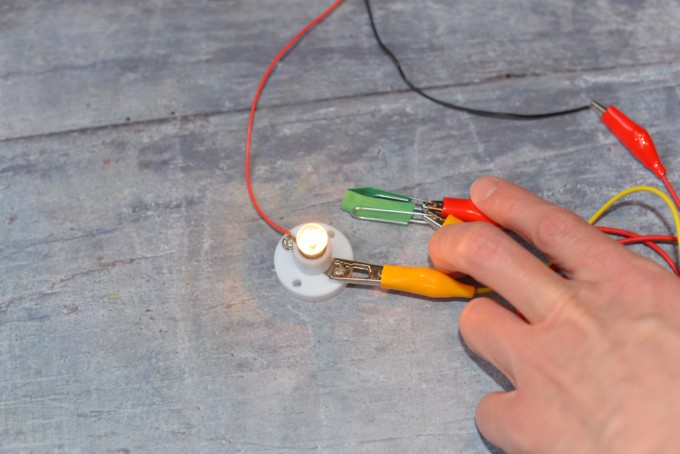
Metals are good conductors of electricity , so wires are made from copper, which has the added advantage that it can be stretched thin without breaking. The wires you use are covered in a coat of plastic for safety which does not conduct electricity.
Extension Tasks
Can you add an extra bulb to your circuit? What do you notice?
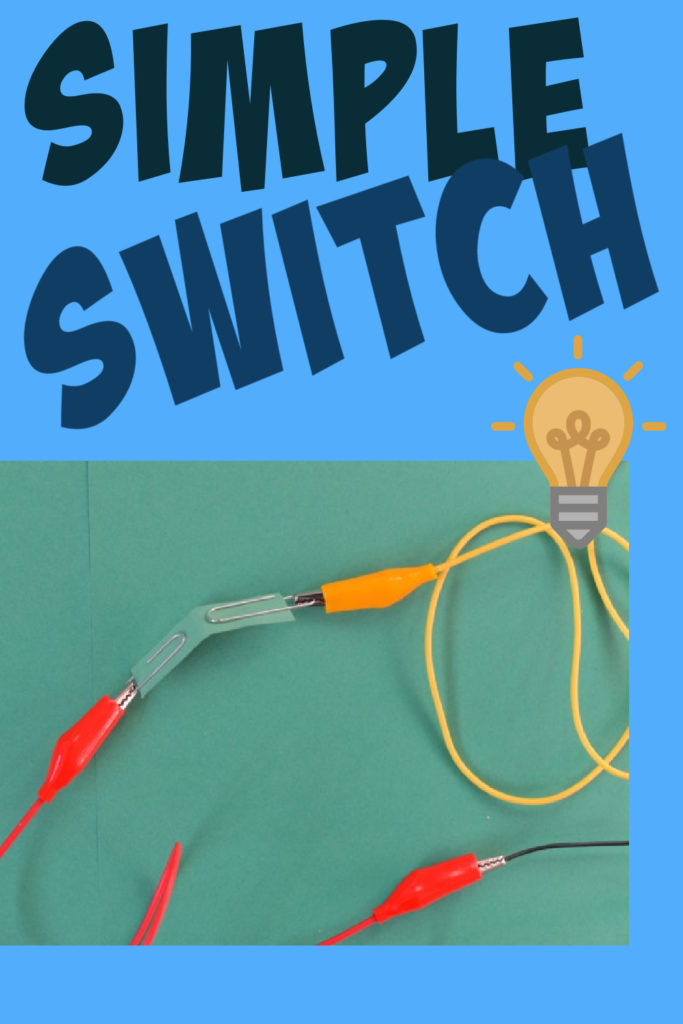
Last Updated on May 14, 2021 by Emma Vanstone

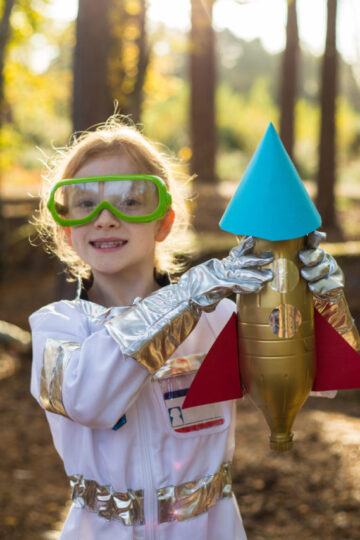

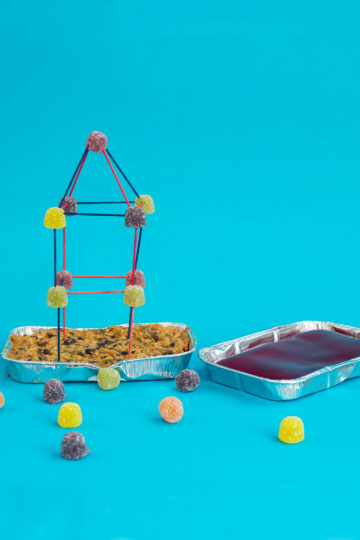
Leave a Reply